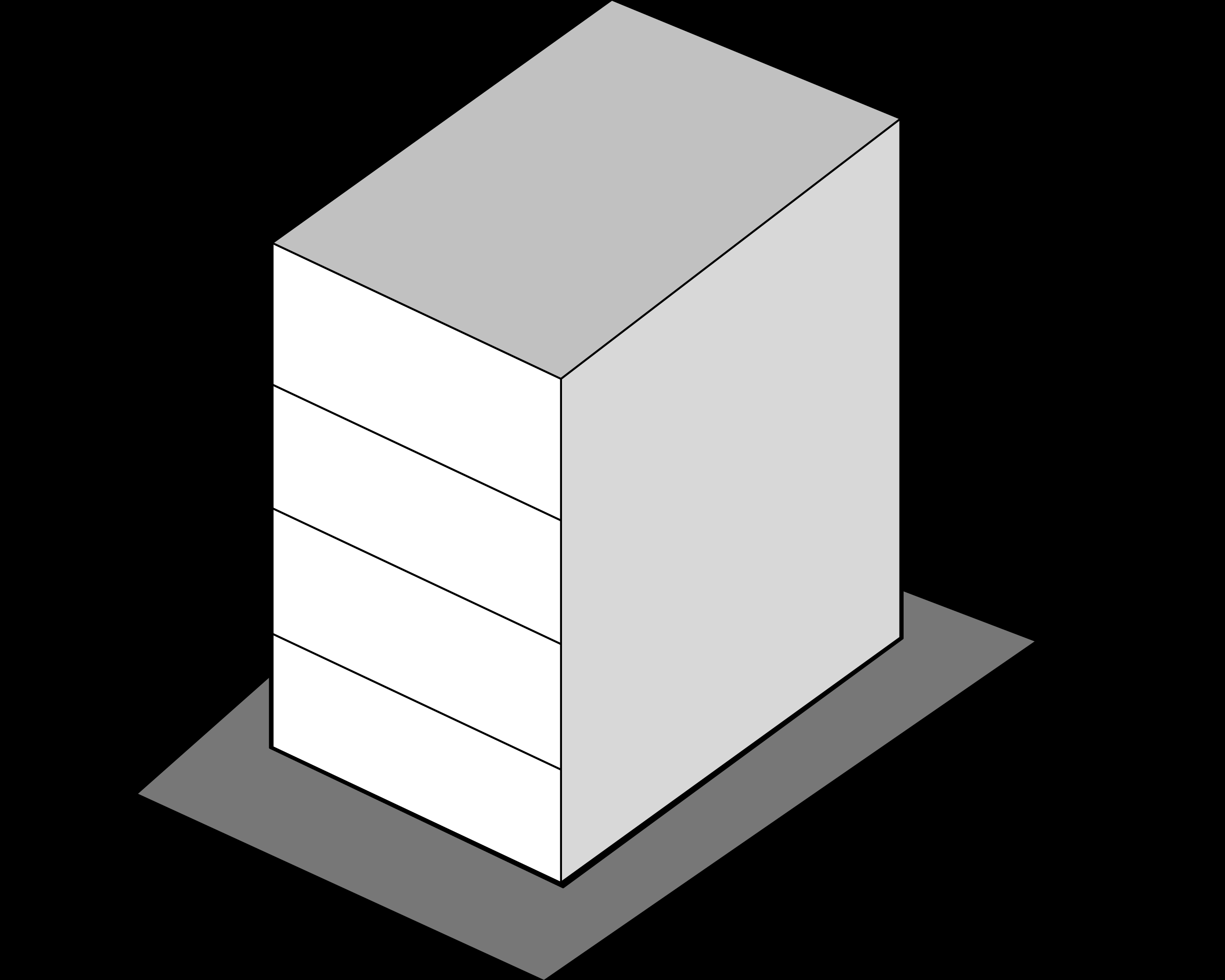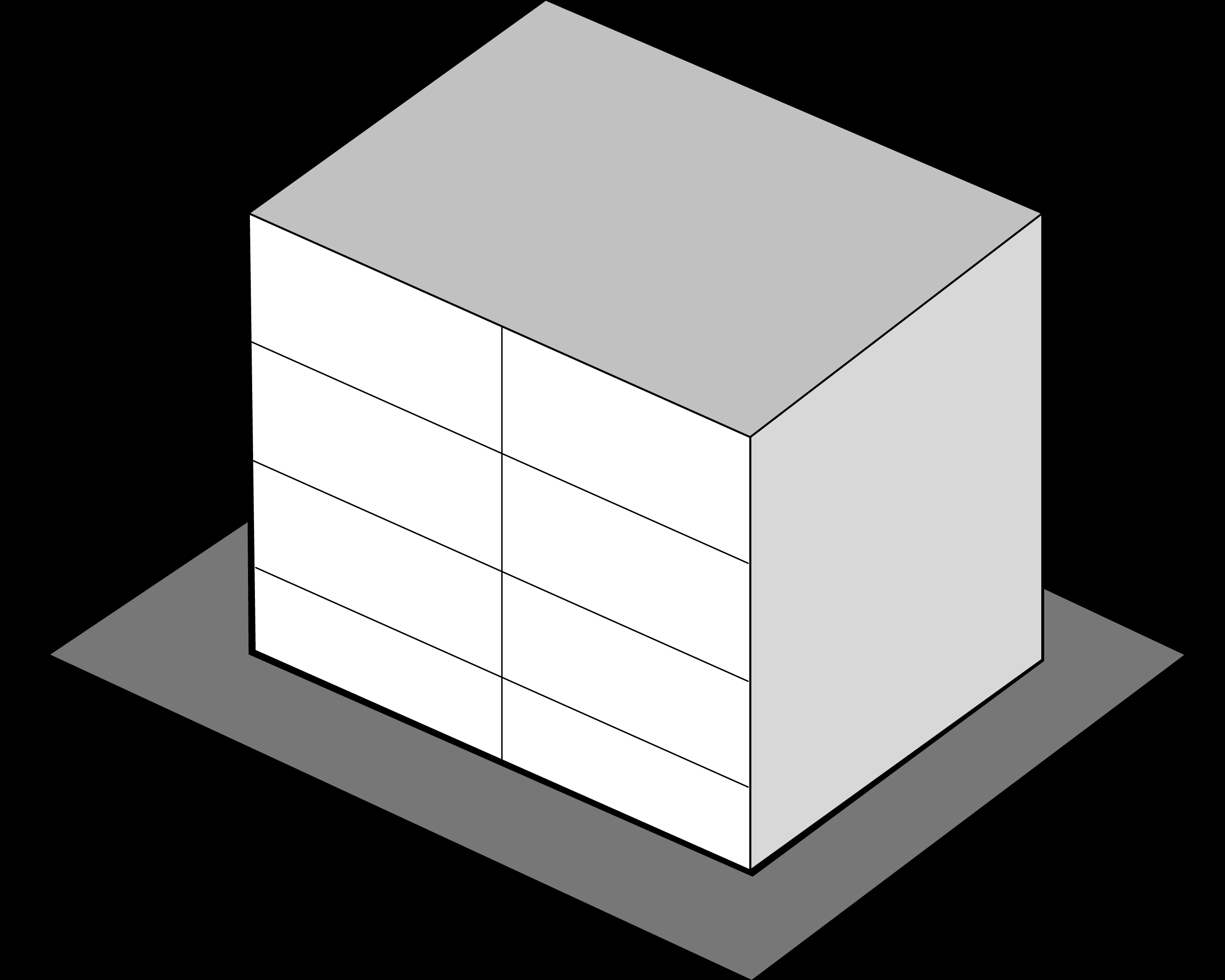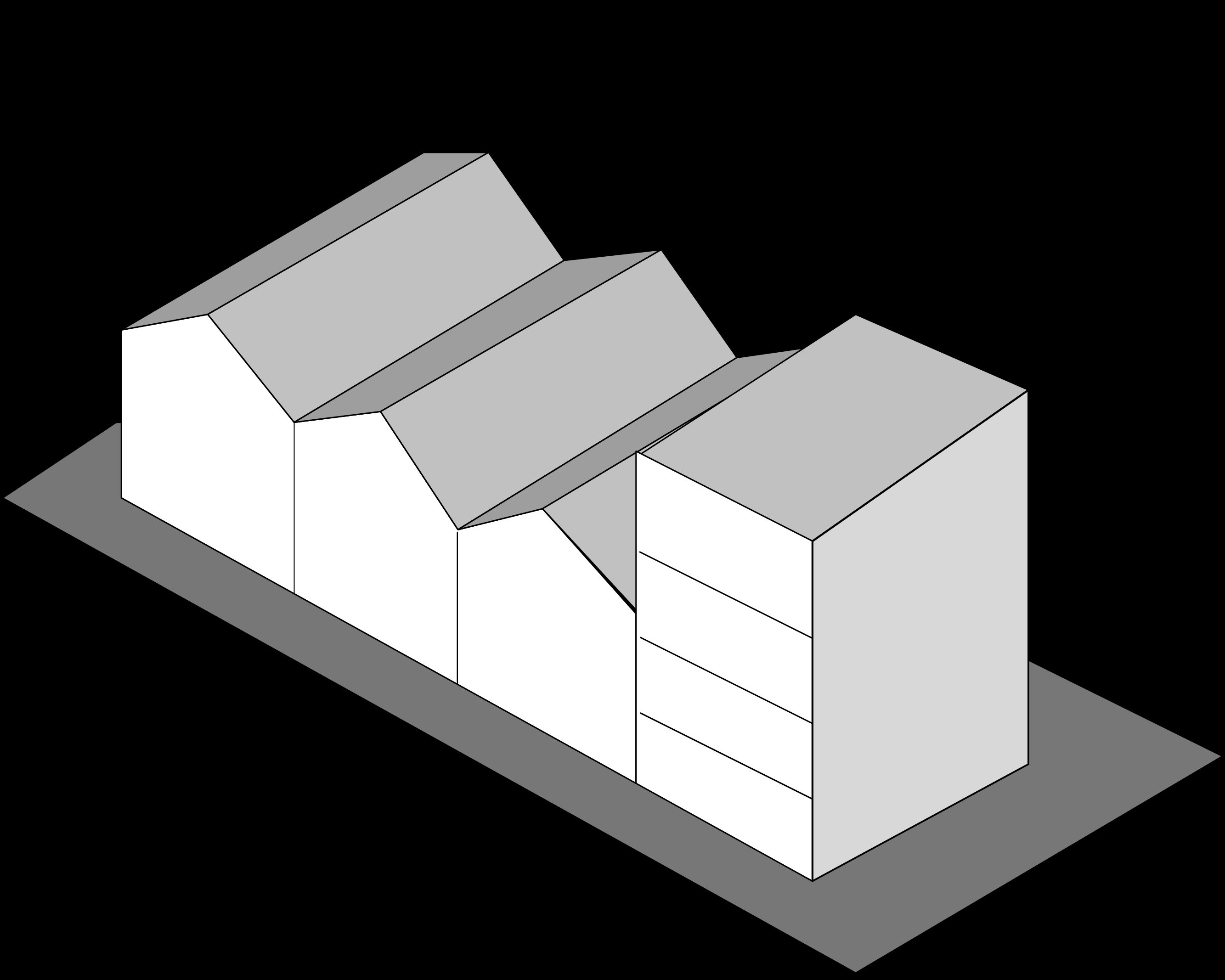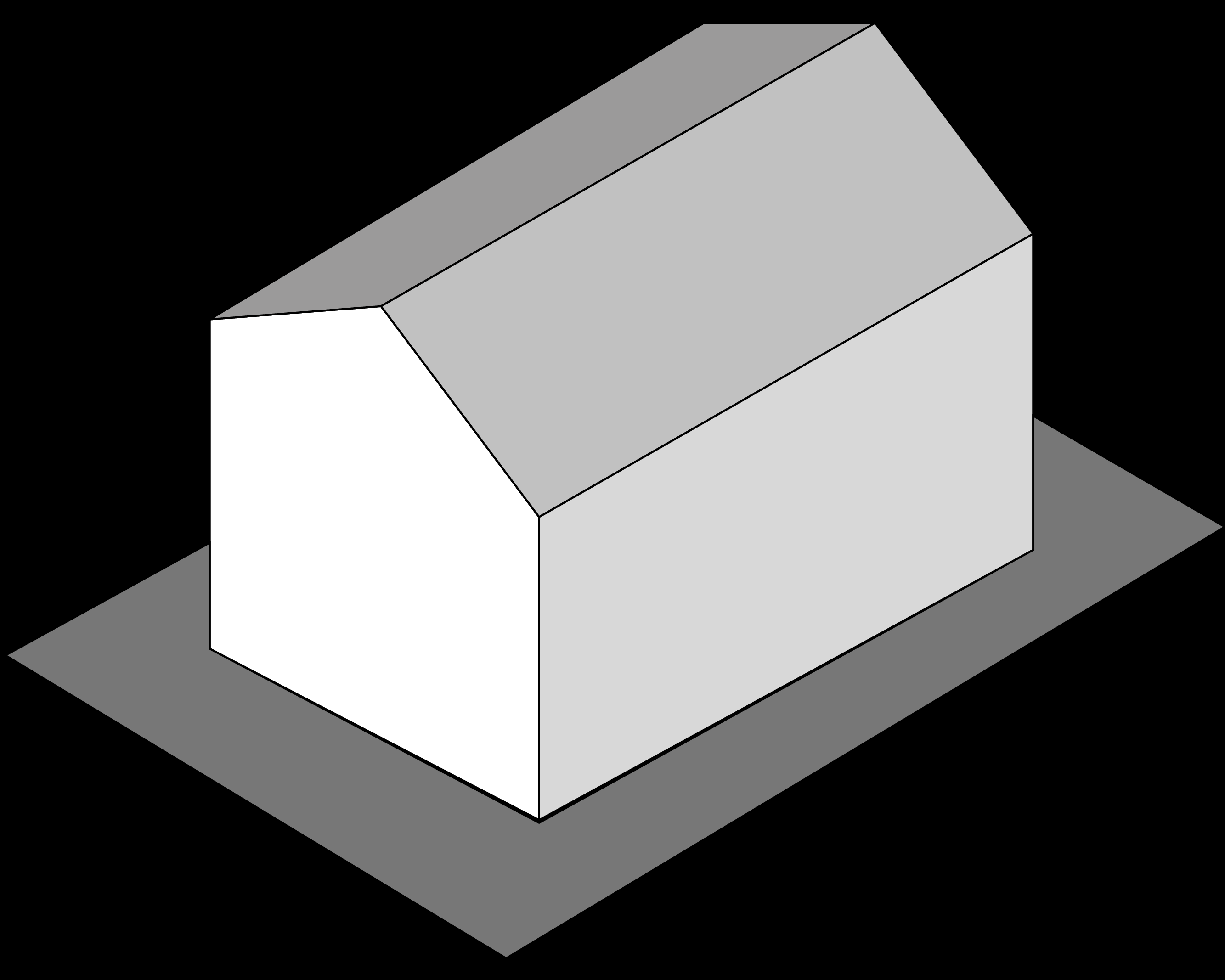Energy Consumption by Climate Zone
Compare how Energy Consumption differs by Climate Zone
However, the energy consumption for each residence varies a lot based on the different climate zones across the US. Therefore, before diving deeper into that, we must understand the climate zones that exist and their characteristics. Below is a map broken down by county level, and their corresponding climate type. More information on these can be found HERE.

Cold
Region with between 5,400-9,000 heating degree days (65°F basis)

Dry
Region that receives less than 20 inches (50 cm) of annual precipitation

Hot
Region where the average outdoor temperature remains >45°F throughout the year

Humid
Region that receives >20 inches (50 cm) of annual precipitation

Marine
Region that has a coldest month with mean temperature between 27-65°F, a warmest month with <72°F and min. 4 months with >50°F

Mixed
Region with both annual precipitation, and where the average outdoor temperature drops below 45°F during winter

Subartic
Region with >12,600 heating degree days (65° basis)

Very Cold
Region with between 9,000-12,600 heating degree days (65°F basis)






